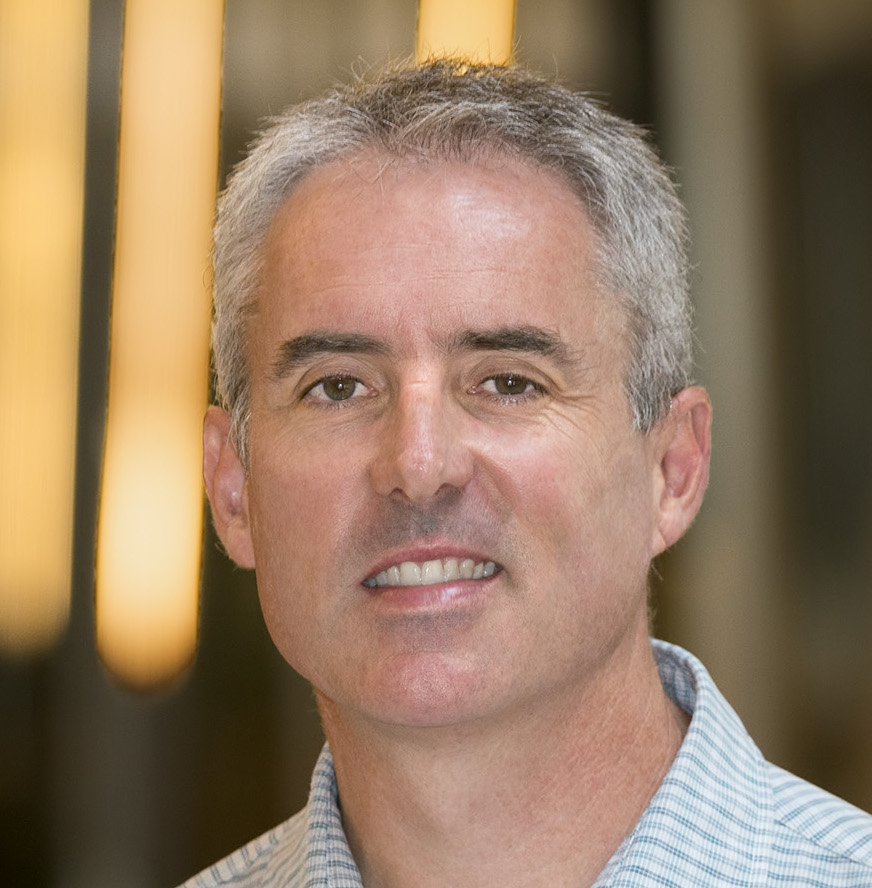Thermonuclear bursts in the spotlight
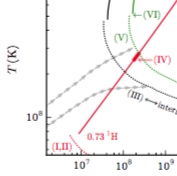
It's been a few years now since a review of thermonuclear bursts came out, so a little while ago Tomaso Belloni and Mariano Mendez commissioned Laurens Keek and I to write one. It's a big job to try to cover the literature in such a broad field, and this took (unfortunately) a lot longer than we expected. Tomaso and Mariano were very patient, and I'm pleased to announce that the review is finally ready! You can read it for yourself on the arXiv, or wait for it as part of "Timing Neutron Stars: Pulsations, Oscillations and Explosions", in Springer's ASSL series, edited by Tomaso and Mariano
Read the paper arXiv:1712.06227
Labels: 2017, /thermonuclear bursts


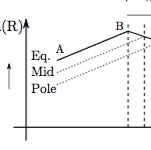 It's been a long-standing mystery, how for some burst sources, the burst rate
decreases even as the accretion rate increases. Theory
and numerical models both predict that as you dial up the accretion rate,
the burst ignition point should be reached earlier and earlier (up to the
point when burning becomes stable and bursts stop), so that the burst rate
should always increase.
It's been a long-standing mystery, how for some burst sources, the burst rate
decreases even as the accretion rate increases. Theory
and numerical models both predict that as you dial up the accretion rate,
the burst ignition point should be reached earlier and earlier (up to the
point when burning becomes stable and bursts stop), so that the burst rate
should always increase.  This month I visited South Africa (and the African continent for the first
time!) to attend the
This month I visited South Africa (and the African continent for the first
time!) to attend the

 Rainer Weiss, Barry Barish and Kip Thorne were last night awarded the
Rainer Weiss, Barry Barish and Kip Thorne were last night awarded the
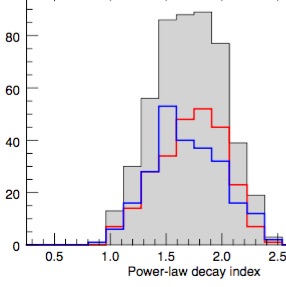 When the upper layer of an accreting neutron star experiences a thermonuclear
runaway of helium and hydrogen, it exhibits an X-ray burst with a
cool-down phase of typically 1 minute.
Analysis of light curves of 1254
X-ray bursts observed by the
When the upper layer of an accreting neutron star experiences a thermonuclear
runaway of helium and hydrogen, it exhibits an X-ray burst with a
cool-down phase of typically 1 minute.
Analysis of light curves of 1254
X-ray bursts observed by the
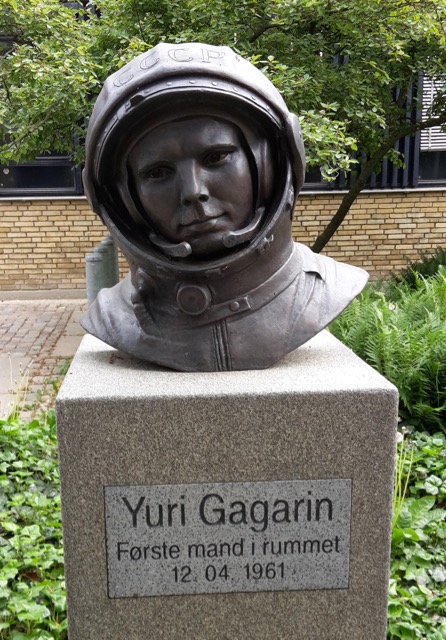 This (northern) summer I visited colleagues at
This (northern) summer I visited colleagues at
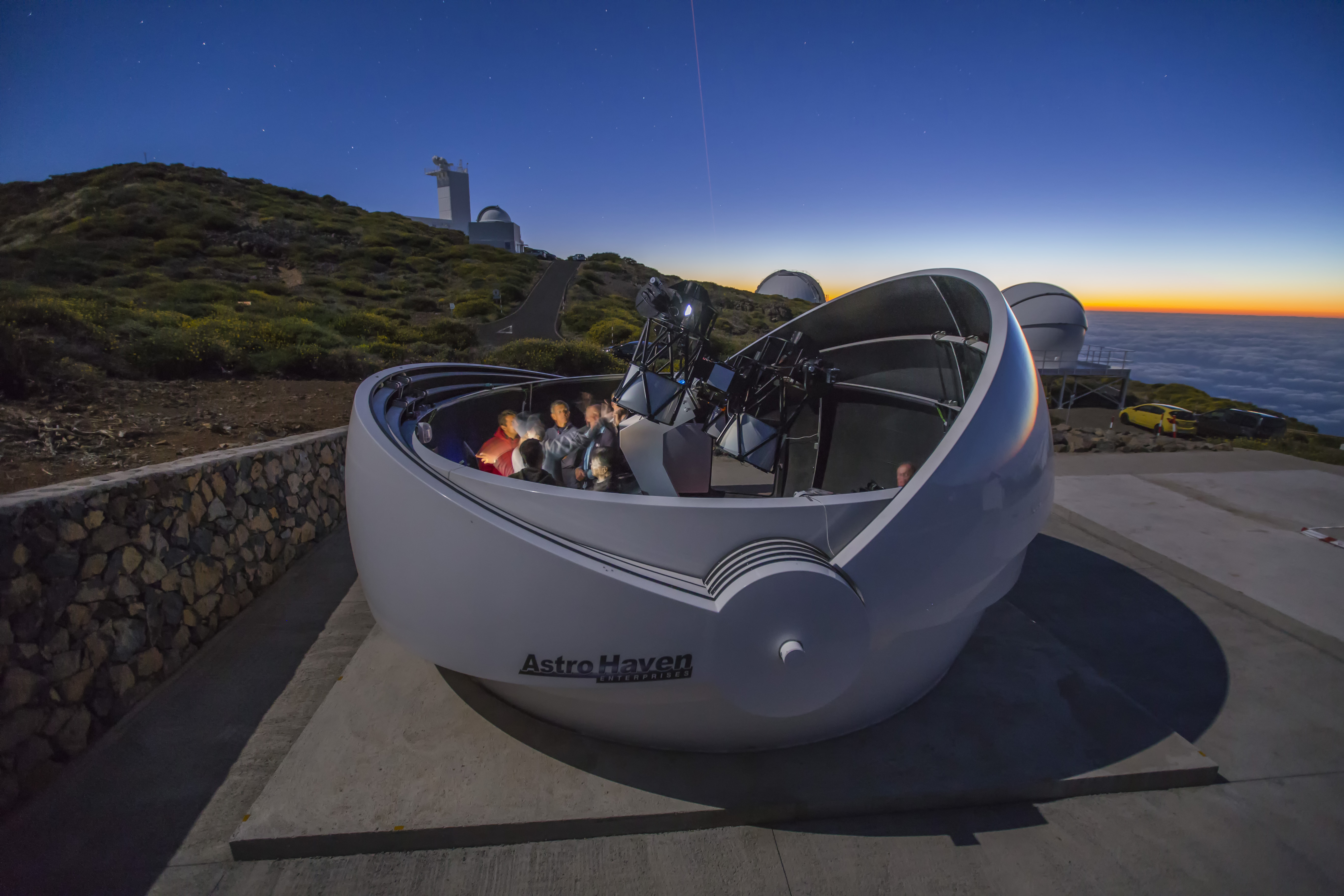
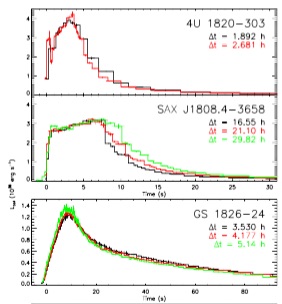 Thermonuclear (type-I) X-ray bursts arise on the surface of neutron stars in
binary systems, and offer a powerful probe of the neutron star environment
as well as the nuclear reactions that power them.
Efforts to match observed burst to numerical simulations have been fairly
limited to date, partially because of the dearth of high-quality, well
characterised burst measurements. To address this issue, we have assembled
a set of "reference" bursts featuring examples of a number of different types
of bursts, presented in a paper which has just been accepted by
Thermonuclear (type-I) X-ray bursts arise on the surface of neutron stars in
binary systems, and offer a powerful probe of the neutron star environment
as well as the nuclear reactions that power them.
Efforts to match observed burst to numerical simulations have been fairly
limited to date, partially because of the dearth of high-quality, well
characterised burst measurements. To address this issue, we have assembled
a set of "reference" bursts featuring examples of a number of different types
of bursts, presented in a paper which has just been accepted by
